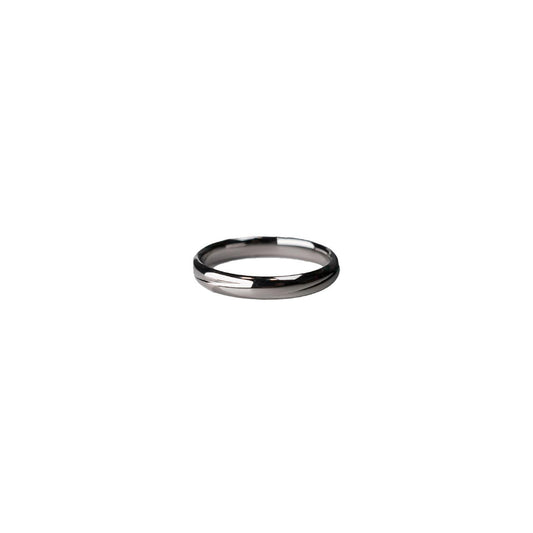The Enigmatic Dance of Alexandrite
The Enigmatic Dance of Alexandrite
Imagine a gemstone that changes color as naturally as a chameleon on a leaf. Alexandrite, named after Russian Tsar Alexander II, does exactly this. It’s a gem that doesn’t just sit in a jewelry box; it has a personality, a mystery that invites dialogue. One moment, it may display a lush green akin to an evergreen forest under daylight, yet by evening, under incandescent light, it shifts to a rich, warm raspberry. This peculiar ability is not magic, though it feels like it. It's just science—specifically, the way the stone’s unique crystal structure interacts with different light sources.
There was a day in college I distinctly remember, a rare moment that solidified my fascination with gemstones. During a geology lab, our professor handed us small raw specimens—my first personal encounter with alexandrite. It looked ordinary, almost dull, until I saw its transformation under the lab's old, yellowed lights. Suddenly, the stone seemed alive. I still recall the collective gasp, followed by murmurs of wonder across the room. For a brief moment, I felt like a discoverer on the cusp of understanding a hidden world.
The rarity of alexandrite also adds to its allure. Historically sourced from Russia's Ural Mountains, it’s as if nature intended this remarkable gem to remain a mystery. Today, it’s found in few places around the world, making it a sought-after piece for collectors and an object of desire for jewelers who wish to captivate their audience with something truly unique. When you wear an alexandrite ring or pendant, you're not just accessorizing; you're showcasing a phenomenon billions of years in the making.
There's a cultural layer to consider, too. In Russia, alexandrite is often linked with fortune and good luck, gifted on life's important milestones. Meanwhile, in some parts of the West, it's a symbol of harmony and balance, a tangible reminder of the dualities we navigate daily. I like to think of it as nature's way of whispering that life is full of shades and shifts, much like the gem itself.
When choosing jewelry, there’s an intrinsic value in what alexandrite represents. Every time I reach for the alexandrite necklace resting in my drawer, I’m reminded of that geology lab, the amazement in the room, and the joy of discovery. It’s more than a pretty accessory—each color shift reminds me to see the world, and my place in it, from multiple perspectives.
So, if you ever come across alexandrite, pause for a moment. Allow yourself to appreciate its shifts and hues, its rarity and history. You might just find that it’s not the stone changing colors, but your own perception widening just a little bit more.

























